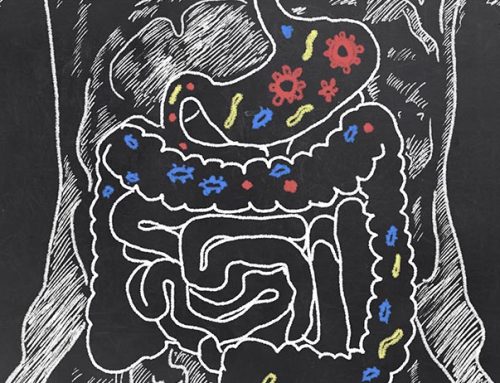Metabolic syndrome is the name for a group of conditions that all share a common cause. The shared cause is known as insulin resistance. The accumulation of fatty tissue in the body’s midsection is a contributory factor. Conditions included in metabolic syndrome can include obesity, type 2 diabetes, high blood pressure, imbalanced blood lipids (including high serum triglycerides and lowered HDL cholesterol), polycystic ovarian syndrome and non-alcoholic fatty liver disease. There are many more conditions that are probably linked to metabolic syndrome and insulin resistance.
This group of conditions, particularly obesity and diabetes, is a huge worldwide public health crisis. In 2000, the Australian Diabetes, Obesity and Lifestyle study (AusDiab) came up with the non-so-surprising result that around 19% of adult Australians meet the criteria for diagnosis of metabolic syndrome. The incidence of central adiposity is even higher, and around 43.7%. In 2014-15 it was estimated that around 6% of Australian adults had full-blown diabetes, which mainly consists of type 2 diabetes. Probably out of every 4 diagnosed diabetics, there is an undiagnosed diabetic floating around in the community.
Even more concerning is the rising prevalence of these conditions. The prevalence of diabetes in Australia has tripled over the last 15 years. There is a 40% increase in the incidence of obese adults over the last 20 years in Australia. This trend is showing no sign of stopping.
Thomas L Cleave, the revered navy surgeon in the early 1900s found that each time refined carbohydrates such as sugar and white flour products were introduced into a native culture, the culture tended to experience an outbreak of diabetes in around 20 year’s time. The dentist Weston Price, also in the 1900s, similarly found that those consuming whole foods from their native culture exhibited few, if any characteristics of chronic, degenerative disease. This includes the lack of features of metabolic syndrome.
Quite simply, refined sugar (particularly fructose) and carbohydrates containing white flour products lack fibre, and therefore lead to a spike of blood glucose levels. These spikes lead to the pancreas releasing the hormone insulin, so as to open the doors to the cells and liver to invite glucose inside so as to process them as fuel or to store as glycogen.
However after many years of this, and also in the absence of sufficient physical exercise, the cells slowly become resistant to the insulin. As a result of repeated sugar spikes, insulin levels become elevated, which has an inflammatory effect on tissues, and eventually blood glucose levels rise, the body stores more and more fat, and blood lipids become elevated, and the hormonal systems start becoming imbalanced.
On one level the simple solution is eating real, wholefoods, and to regular move the body in a sustained manner. Viewing food as a sacred nurturer of the body, rather than as simply a vehicle for sensory enjoyment is another key. Moving away from a life full of addictions and instant gratifications involves connecting to oneself on a deep level. Being deeply connected at a societal level also tends to provide a level of nourishment that tends to prevent addiction to processed non-foods.
May we all connect with ourselves and the living earth, and thus prevent further cases of metabolic syndrome. The above points explain why I refer to metabolic syndrome, and insulin resistance as a symptom of our collective imbalance as a world community.








Leave A Comment